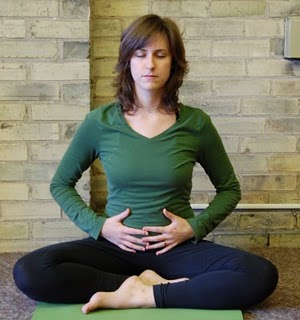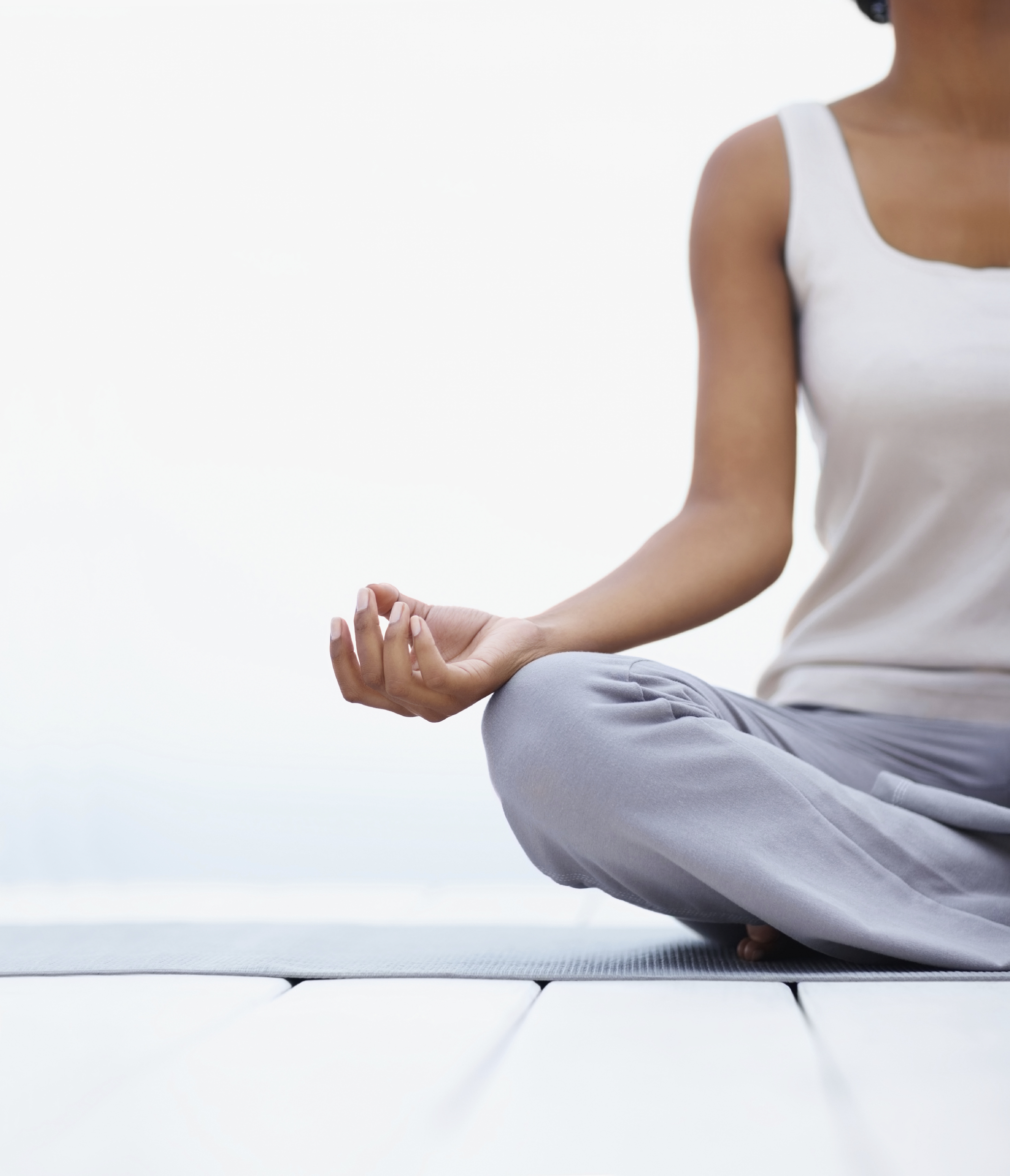 Slouching may be fashionable for some red carpet regulars, but it’s one of several reasons why about 80% of us will have spinal problems in our lifetime.
Slouching may be fashionable for some red carpet regulars, but it’s one of several reasons why about 80% of us will have spinal problems in our lifetime.
And yet, most of us can cure or even avoid back pain and surgery by taking a few daily preventive steps. Spinal problems can start as early as age 29, so it’s never too early or too late to start.
People tend to forget the spine is part of the central nervous system, along with the brain, and relies on the peripheral nervous system: the millions of nerves that send messages to the brain that control the body’s functions. An unhealthy spine interferes with this entire system, causing a host of unwelcome health issues such as pain, numbness, and weakness in the arms and legs, impaired breathing and digestion and impaired control of the bowel and bladder.
Here are a few tips to help you take better care of your spine and back:
Good posture is essential
Remember your mother saying “Stop slouching”? You would think it goes without saying, but too many of us simply don’t maintain good posture, which is critical for a healthy spine.
Good posture is defined as ears aligned with the shoulders and the “angel wings,” or the shoulder blades, retracted. In proper alignment, spinal stress is diminished. It is the most efficient position to achieve the best posture possible.
Good posture also has other health and wellness benefits. Researchers at San Francisco State University have found a link between poor posture and depression, and many experts believe stooping and slouching could be associated with weight gain, heartburn, migraines, anxiety and respiratory conditions.
Proper posture leads to a taller appearance, deeper breathing, improved well-being and increased energy with enhanced human performance.
 Deep belly breathing can improve your posture
Deep belly breathing can improve your posture
Place your hands on your abdominal area and feel your belly move as you inhale and exhale. Do this as many times a day as possible to improve your posture and overall spinal health. Deep belly breathing enables the spinal nerves to move within the spinal channels, diminishing pain and providing a sense of well-being.
Targeted simple exercises can strengthen your core and joints
According to the American College of Sports Medicine, exercise is therapeutic. Just 10 minutes per day is all you need to perform some simple spine-strengthening exercises.
Neck stretches, including bending and extension range-of-motion exercises, are just a series of simple side-to-side, up-and-down and ear-to-shoulder stretches that can dramatically improve the health of the cervical spine.
Using light weights to improve posture and performing some yoga poses like downward dog, which opens up the chest and stretches the spine, can also improve spinal health. Push-ups can strengthen the spinal and postural muscles as well.
 What you eat can directly impact your spine
What you eat can directly impact your spine
You may not think that your diet affects your spine, but it actually plays a key role. A healthy diet consisting mostly of lean proteins, healthy fats and lots of fresh fruits and vegetables is ideal for building a lean body and muscles that support the spine.
To improve the condition of your spine, supplement your diet with a multivitamin along with a B-complex and Omega-3s, as they have been shown to help decrease pain in the nerves of the spine.
Spend a little time in the sun every day
Believe it or not, the sun can have a magical effect on your body, including your spine. Sunlight energizes the whole body, literally waking it up and encouraging the body to stand up straighter.
Further, sunlight contains vitamin D, which is required for strong bones, including the spinal column, and is manufactured in the body through sun exposure. Try to spend 10 to 20 minutes in sunlight daily.
Pay attention to how — and how long — you sleep
Studies suggest that insufficient sleep is associated with increased neck and back problems. It is important to get a sufficient amount (between six and eight hours) and of course, to sleep in a position that enables the spine to relax. The ideal position is on your side, as that puts the least amount of pressure on the spine.
You should also create a proper sanctuary for sleep, choosing a suitable mattress and pillow for comfort, eliminating all outdoor light and providing fresh cool air. Avoid interacting with any electronic devices at bedtime.
Don’t hesitate to meditate
Meditation can restore alertness, improve your mood, increase productivity and prolong life, not to mention the positive effects it can have on your spine and posture. People who meditate tend to focus on their core, automatically straightening their spines in the process.
To remind yourself to carve out 10 minutes or so per day to perform these exercises and rituals (especially in the middle of a busy workday), you can set an alarm on your smartphone.
You can also utilize apps, as there are a plethora of apps devoted to the neck and upper back, strong spine and core and posture and lower back. They’re designed to accommodate the beginner, intermediate or advanced individual with step-by-step photos and detailed instructions.
Through awareness of posture, breath, meditation, nutrition, exposure to sunlight and exercise, people can strengthen and condition their spines and create overall well-being in the process.
Source: www.cnn.com; Kenneth Hansraj; May 1, 2013.











